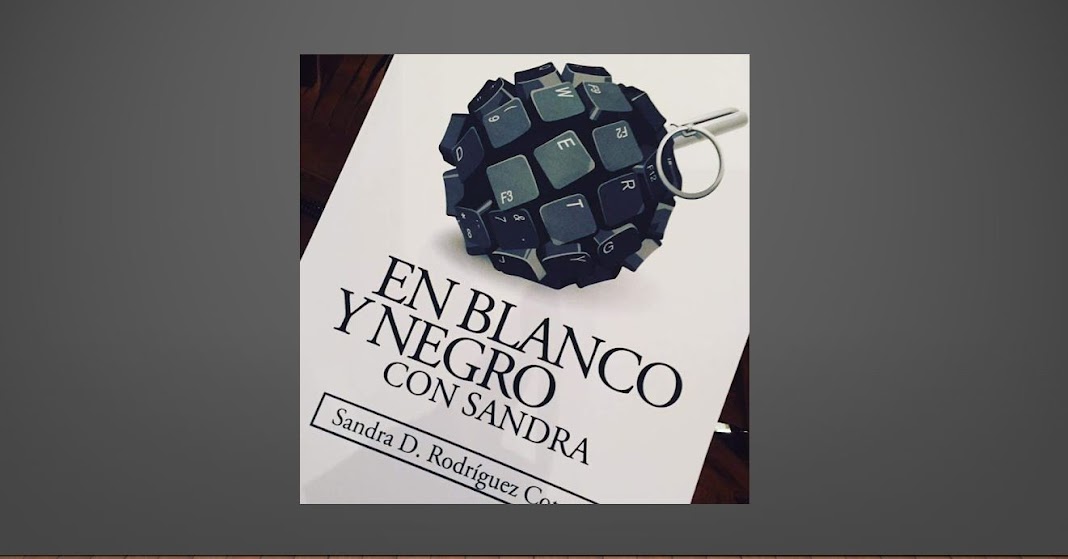 |
| Offensive photo on Page 8 of The New York Daily News |
“Yo soy Boricua, pa’que tú lo sepas,” (I am a Puerto Rican, so you
know it) seems to be the eternal chant of Puerto Ricans everywhere. And
year after year, that’s exactly what thousands of voluptuous Boricua
women sing while moving their buttocks in cadence with the upbeat
rhythms of ‘reggaeton,’ and salsa that mark the never-ending,
procession-like march down the Fifth Avenue in New York City known as
the National Puerto Rican Day Parade.
Women dressed in second-skin clothing adorned with the red, white and
blue colors of the single-star banner, or traditional “jíbaro”
costumes, wave small flags while wearing little crowns or baseball caps
and wave to the crowds as they dance on top of the floats sponsored by
such companies as Goya Foods, and Coors Light, is another hallmark of
the parade, something that for many symbolizes Puerto Rican heritage.
For others, the parade is a chance to be on TV or close to famous
Puerto Ricans including Benicio Del Toro, Jennifer Lopez, Ricky Martin
and Marc Antony. Politicians of Puerto Rican descent from both the island
and the mainland also attend as a means or remaining connected to the
community in a nationally broadcasted platform.
But, as has happened in the past, there has been controversy leading
up to the often
beleaguered Puerto Rican Day Parade, but instead of the
allegations of embezzlement or fraud that were alleged two years ago
and led to the dismissal of the board of directors by the Attorney
General, this controversy is about how one of the parade’s media
sponsors portrayed the event’s participants and the outrage and
humiliation that it’s garnered.
The controversy started when the New York Daily News‘ ran a
Page-eight photo featuring two topless, g-string-wearing women with “Puerto
Rico” and “Boricua” written on their buttocks in body paint with a
cutline of “Rear view of the parade”. While this picture was associated
with the June 14 parade by the Daily News, it turned out that the picture wasn’t even taken at the event.
So obviously, the community got pissed. There were massive protests
outside of the paper’s headquarters; complaints were quickly made public
in the New York Hispanic media — especially on radio and television —
and the hashtag #BastaYa (Enough) was promoted on social media.
Community leaders, elected officials and the board of directors of
the parade demanded a public apology on the newspaper’s front page, but
the paper did not comply.
It was not the first time that the New York Daily News has
published images or comments that have been offensive to the Puerto
Rican community without issuing an apology. In 2014, they published a
humiliating cartoon that promoted negative stereotypes.







